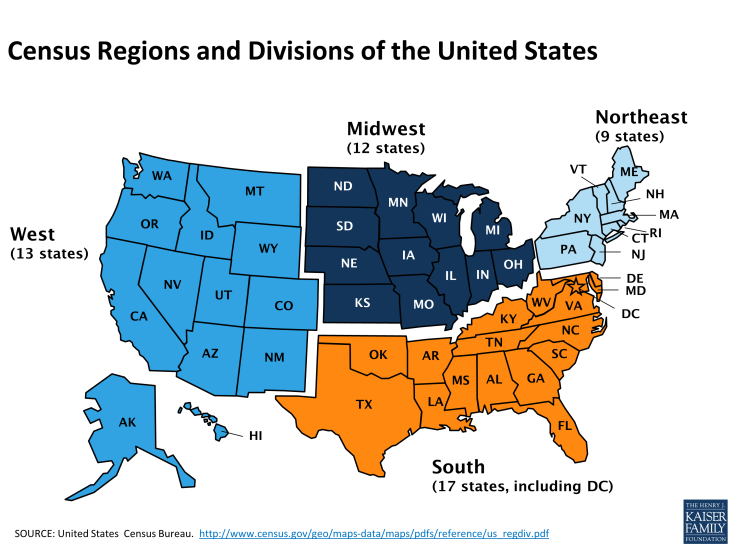Health Coverage and Care in the South: A Chartbook
Over 115 million individuals live in the American South today, and together, they account for over one-third (37%) of the total U.S. population. The South is racially and ethnically diverse and home to a large share of the nation’s people of color. As such, efforts to improve health in the South have significant implications for the advancement of health and health equity nationwide.
The South has faced longstanding disparities in health and health care, although significant variation exists between southern states. As a group, compared to those in other regions, Southerners are more likely to be uninsured, less likely to have access to needed health services, and more likely to experience a number of chronic health conditions. Yet, many southern states have also adopted innovative approaches to improve their health systems, particularly in the delivery of care, that provide key lessons for improving access to health coverage in the South more broadly.
Health Coverage and Care in the South: A Chartbook provides key data on the demographic and economic characteristics of the southern population as well as their health status, health insurance coverage, and access to care today.
Together, these data offer a snapshot of health care in the South, highlighting both opportunities for advancement and challenges relating to improving health care and health equity looking forward.
Section 2: The Southern Economy
Section 4: Health Insurance Coverage
Section 5: Access to Care, Delivery Systems, and the Safety Net



